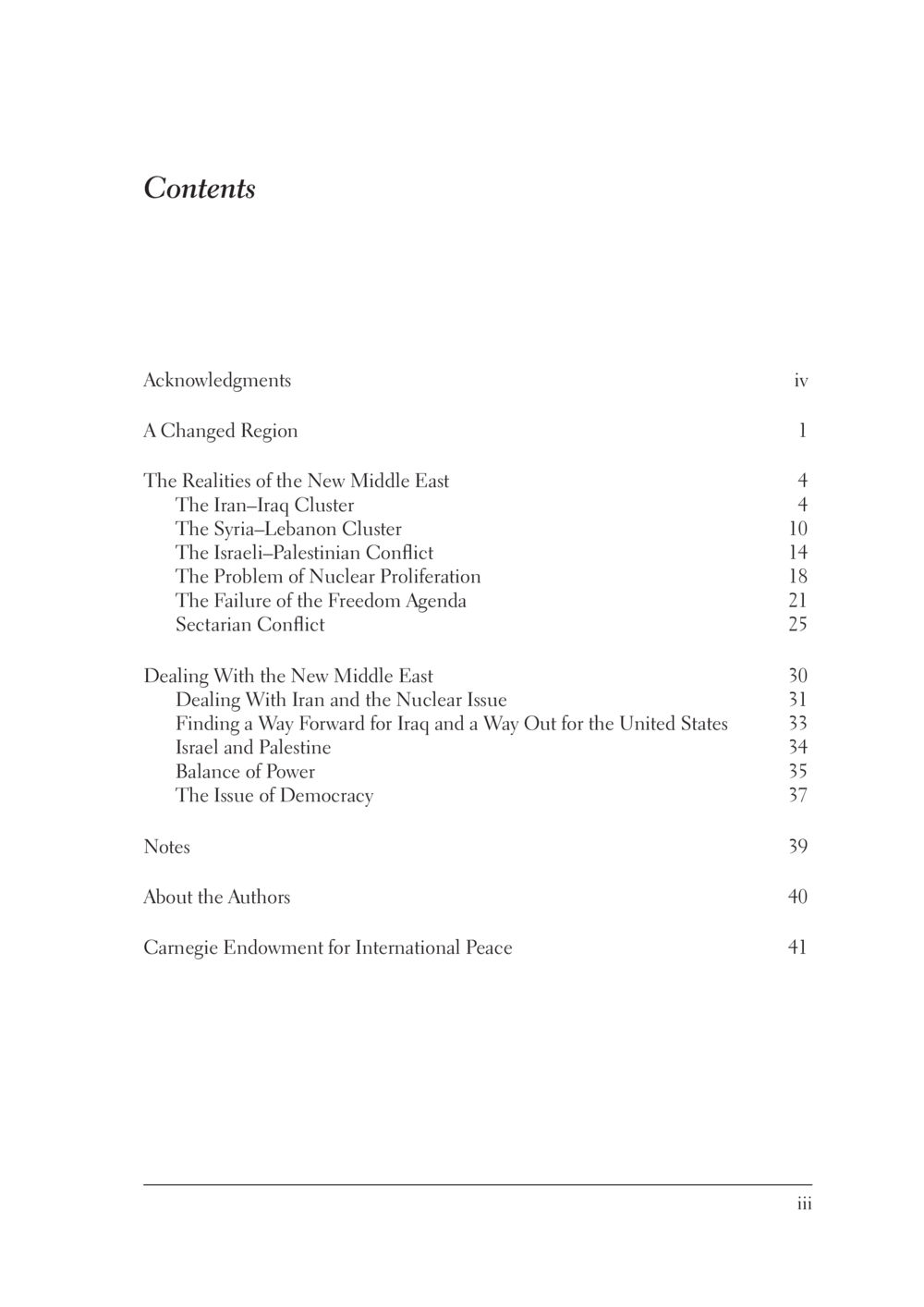Understanding the Dynamics of the New Middle East : หน้า 5/52
The New Middle East : หน้า 5/52 An in-depth look into the evolving political landscape of the Middle East, focusing on conflicts, nuclear proliferation, and democracy issues.
4 ครั้ง

สรุปเนื้อหา
This text examines the transformed landscape of the Middle East, analyzing key conflicts in regions such as Iran-Iraq, Syria-Lebanon, and the Israeli-Palestinian conflict. It addresses crucial issues such as nuclear proliferation and the challenges of promoting democracy in these areas. The discussions highlight the importance of understanding sectarian conflicts and the failures of previous agendas aimed at promoting freedom. The document offers strategic insights into dealing with the new dynamics by addressing specific issues like Iran and its nuclear ambitions, the balance of power, and potential pathways for Iraq and the U.S. to navigate these complexities. This profound analysis ultimately calls for a reevaluation of policies to foster stability and peace in the region, as highlighted by the experts from the Carnegie Endowment for International Peace. For more information, visit dmc.tv.
หัวข้อประเด็น
-New Middle East Dynamics
-Iran-Iraq Relations
-Syrian and Lebanese Conflicts
-Israeli-Palestinian Issues
-Nuclear Proliferation Concerns
-Democracy Challenges
-Sectarian Conflicts




















































